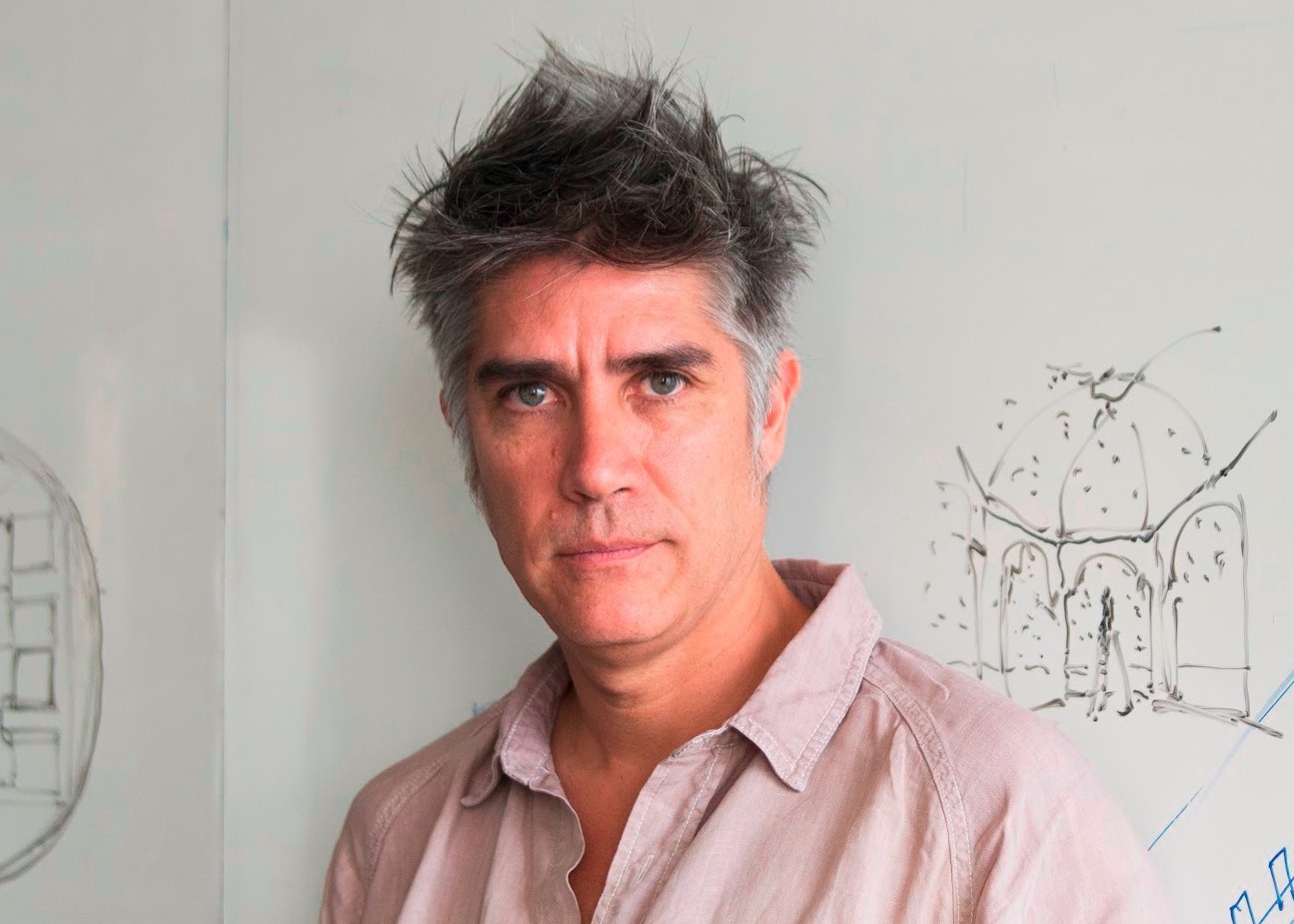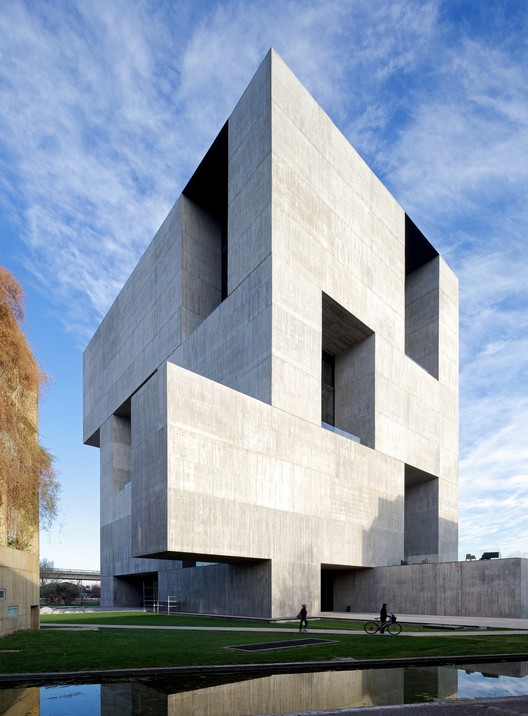The decision of awarding this year’s Pritzker Prize to Alejandro Aravena is one of the most controversial ever and it has sparked much debate in the architectural community, some even starting to pose the question of whether the Pritzker Prize is still a straightforward evaluation of an architect’s work throughout the course of the career, or just a political tool, perhaps even a closeted decision between a certain network of architects. While I personally think the conspiracy theories might be a bit exaggerated, we have to acknowledge all parts, in order to form our own opinions on the matter.

Alejandro Aravena
The biggest fact that has determined everyone to be skeptical towards Aravena receiving the award is that he was a member of the Pritzker jury from 2009 to 2015, as William Menking has mentioned in the article PRITZKER JURY: PATHWAY TO THE STARS? Of course, there have been other architects to be both jurors and laureates, such as Shigeru Ban or Fukihiko Maki, but not the very next year after departing as a member of the prestigious jury. Additionally, members such as Stephen Breyer, Yung Ho Chang, Glenn Murcutt, Ratan N. Tata, or Juhani Pallasmaa have been co-jurying with Aravena for at least 3 years. This highly unusual situation has definitely not helped with the prize’s credibility and raised a lot of negative attention towards Alejandro Aravena.
But in order to judge the laureate of this year, I think it is vital to look at him solely as an architect. Who is he as a character in the overall architectural play of the century? Should we not take an impartial look into his work before starting to question the legitimacy of the Pritzker Prize?

© Nico Saieh
Alejandro Aravena was born in 1967 and is practicing since 1994. Four years after his debut, he started working on several buildings for his alma mater, the Universidad Católica de Chile, including the Mathematics School (1998), Medical School (2001), the renovation of the School of Architecture (2004), Siamese Towers (2005) and the UC Innovation Center – Anacleto Angelini (2014).
He has worked in private, public, and educational projects, but his most famous architectural act is the social housing, known as the „half a good house” developments, created after the founding of ELEMENTAL. Aravena and his collaborators consider the company a „Do Tank” rather than a think tank and have built more than 2,500 housing units with the prize of $7,500 per unit, prompting Aravena to win the Silver Lion at the Venice Architecture Biennale in 2008. The firm also deals with „politicians, lawyers, researchers, residents, local authorities, and builders in order to obtain the best possible results for the benefit of the residents and society”, which proves dedication to the cause and a huge involvement.
Additionally, Aravena has won the León de Plata XI Bienal in Venice, the Erich Schelling Architecture Medal in 2006 and was a finalist for the Mies van der Rohe Award in 2000 and the Iakhov Chernikhov Prize in 2008, and won the 2011 Index award. He is also the artistic director for the 2016 Venice Architecture Biennale.
There is no doubt, Aravena’s work is impressive and foremost, important. He brings change to society, he helps, he is more than an architect – he is a pioneer. However, Patrik Schumacher, director of Zaha Hadid Architects, has raised yet another valid question about architecture and this year’s Pritzker award – is architecture now meant to serve humanitarian needs? Is it normal for this monumentally prestigious prize to be awarded towards such a socially inclined work? At does it help elevate architecture? In the era of the future, where virtually very few things are not possible to build, should we promote architecture that, whatever the impact it creates, lacks some certain formal and aesthetic aspects that we might expect? We can’t help but wonder if the architectural approach towards this type of housing could have been different or we are returning to the dogma of architectural approaches such as Corbusier’s Unite D’habitation.
In conclusion, yes, Aravena’s work is relevant – but is it relevant to the architectural scene or is it just humanitarian relevant? The entire debacle had as questioning not only the role of the Pritzker Prize but also one of the architects and to question architecture itself. What is good architecture and how do we perceive it? Since Vitruvius, we are taught about functionality, stability, and aesthetic appeal, but everything is so subjective that it is hard to determine which is right and which is wrong.

